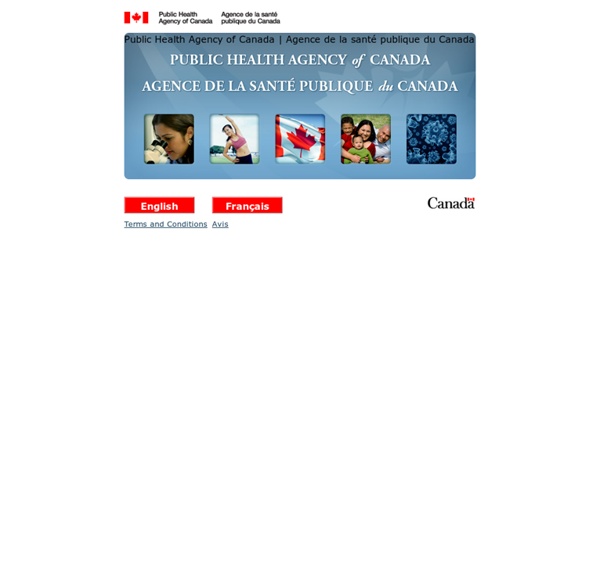Agence de la sante publique du Canada (ASPC)

Portail des Agences Régionales de Santé
Emploi Accès Rapide 21/03/2014- Guide Droits des usagersLancement conjoint par le ministère des affaires sociales et le défenseur des droits, du guide « Usagers : votre santé, vos droits ». Ce... Contrat d'engagement de service public (CESP)
Le livre des plans de santé publique
L’objectif du livre des plans est d’offrir un panorama de l’ensemble des plans nationaux de santé. C’est un outil d’information, principalement à l’usage des acteurs de la politique de santé - départements ministériels, organismes d’assurance maladie, agences régionales de santé, professionnels de santé, usagers, collectivités territoriales… - pour qui il est souvent difficile de connaître l’ensemble de la programmation nationale. Son objectif est de faire figurer dans un même document, et sous une forme standardisée, les principales informations concernant les plans de santé publique (objectifs, principales mesures, modalités de suivi et de pilotage…). Il met ainsi en valeur la variété des thématiques abordées et des différentes approches (par populations, par déterminants de santé ou par pathologies) qui concourent à la politique de santé. Il est divisé en cinq chapitres : Cet ouvrage n’existe que sous forme électronique afin de pouvoir être régulièrement actualisé. Consulter :
Related:
Related:



